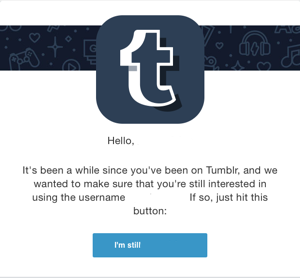One of the new bits of information to come out of the EEC15 deliverability discussions is how Hotmail is looking at engagement differently than other webmail providers.
Many webmail providers really do look at overall engagement with a mail when making delivery decisions. And this really impacts new subscribers the most. If there is a mailing where a lot of subscribers are engaged, then new subscribers will see the mail in their inbox. Based on what was said at the webinar earlier this week engagement has no effect at Hotmail outside of the individual user’s box.
I’ve certainly seen this with clients who’ve tried trimming subscriber lists but that doesn’t really help get mail moved from the Hotmail bulk folder to the inbox.
Instead of subscriber lists, Hotmail is really looking at bounces. They’re watching the number of nonexistent accounts senders are mailing to and they’re counting and a sender hits too many bad addresses and that is a major hit to their reputation.
All of this makes remediation at Hotmail challenging. Right now, we can remediate a bad reputation at a lot of ISPs and the filters catch up and mail starts flowing back to the inbox. Hotmail has set up a system that they say is “hard for spammers to game.” This seems to translate into hard for legitimate senders to fix their reputation.
Hotmail is, IMO, the current tough nut in terms of deliverability. Develop a bad reputation there and it’s difficult to fix it. I’m sure it’s possible, though.
Read More